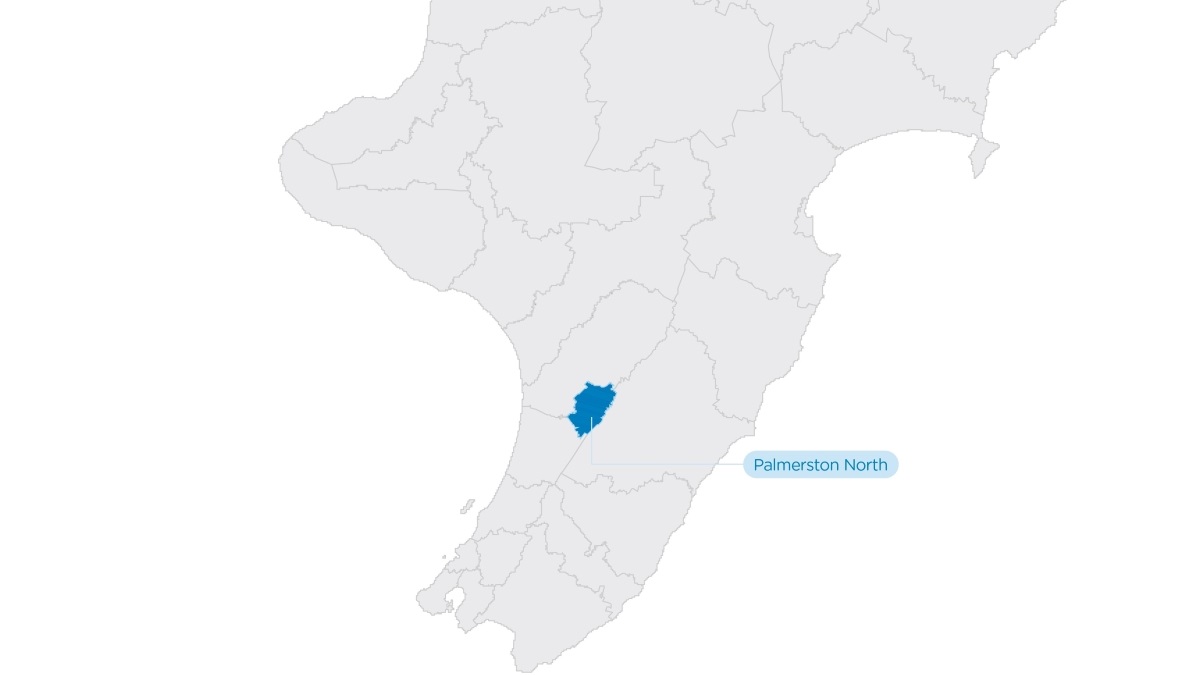The need to ring-fence water would cost you more
The new government legislation requires us to ring-fence all money spent on water services. Ring-fencing water finances means separating all water-related revenue and costs from other council services. This helps to ensure the community understands the true cost of their three water services.
Currently, different council services indirectly help fund others. For water services we rely on revenue from other areas of council to meet the legal requirements for borrowing money for large construction projects.
If we had to ring-fence this money, the cost for water would need to increase significantly for our community as the entirety of our water services would need to be funded by users.
Limited borrowing would restrict investment in other council areas too
The new legislation won’t allow us to borrow any additional money for water projects if we keep water services in-house. This means we have to work within our existing borrowing restrictions, which will be tough when there will be so many pressures and regulatory requirements to meet.
In Options 1 and 2, the legislation allows a water organisation to borrow far more money than we currently can to maintain and upgrade infrastructure. Under Option 3, we can’t borrow more. The new legislation does not allow that if it remains as part of in-house council services.
Your water services have strict rules and regulations, and our water infrastructure also needs to be upgraded in a timely manner to prevent water pipes bursting, ensure safe drinking water etc. This means council would need to keep investing in water projects under its current borrowing cap.
With there being a limited amount we could borrow, we wouldn’t have enough money to meet your expectations to maintain and invest in other things. This would mainly affect infrastructure services. You'd see large reductions in the replacement, maintenance and potentially any new infrastructure for:
- transport
- rubbish and recycling
- housing
- cemeteries
- parks
- properties like libraries, museums and theatres.
There’d also likely be an impact on the day-to-day services you receive from Council
Higher water bills and ring-fenced costs would make us concerned about the financial impacts on affordability and our community.
Affordability is front of mind for us and increased costs for you mean we’d need to take a serious look at the other services we provide to see how we can reduce spending in other areas to lessen the impact on you.
We have not looked into this to determine the extent of what that could look like for our community at this stage. Council would need to spend a lot of time considering different changes to service levels and get your feedback if these things were to change on a significant scale.
This option does not meet legal requirements
What we’ve explained may sound unsettling. But we’re not alone here. Most councils are facing the same difficulties with the rising cost of providing water services under current funding models.
The Local Water Done Well legislation requires us to prove financial sustainability for the future.
This option is not affordable for our council or our ratepayers. Our community would face major financial and potential social impacts as a result of changing service levels and reduced investment in other council areas.
This means this option cannot meet the legislative requirements for water services in the future.
We’d also risk not meeting legal requirements for other council services if we reduced investment in other key infrastructure areas.
Lastly, the government would prefer we collaborate with other councils on water services. We don’t know what would happen if we don't follow that direction.
